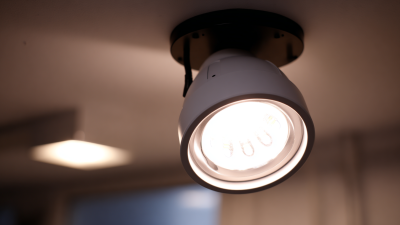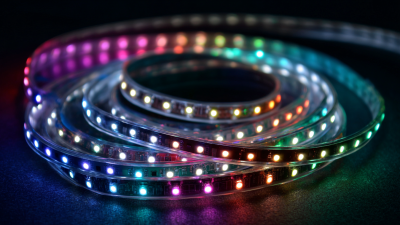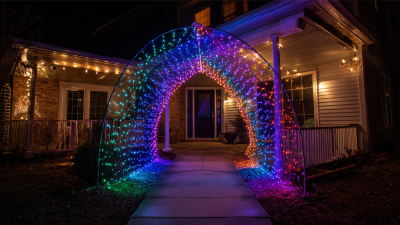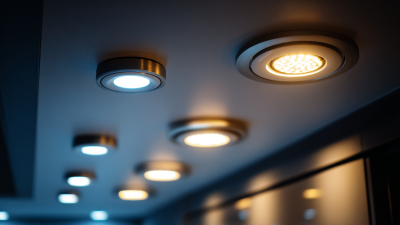The Ultimate Guide to Choosing the Right LED Spot Light for Your Home
When it comes to enhancing your home's aesthetics and functionality, choosing the right lighting is crucial. LED spot lights have emerged as a popular choice for homeowners looking to achieve both efficiency and style. According to the International Lighting Association, the demand for energy-efficient lighting solutions, particularly LED technology, is projected to increase significantly, with LED products expected to represent more than 80% of the total lighting market by 2025. This surge is primarily driven by the long lifespan, lower energy consumption, and superior luminosity of LED spot lights compared to traditional options. With the right LED spot light, you can effectively highlight architectural features, artwork, or outdoor spaces while minimizing energy costs. This guide aims to navigate you through the essential considerations for selecting the perfect LED spot light for your home, ensuring you make an informed decision that enhances both your living environment and contributes to energy conservation.
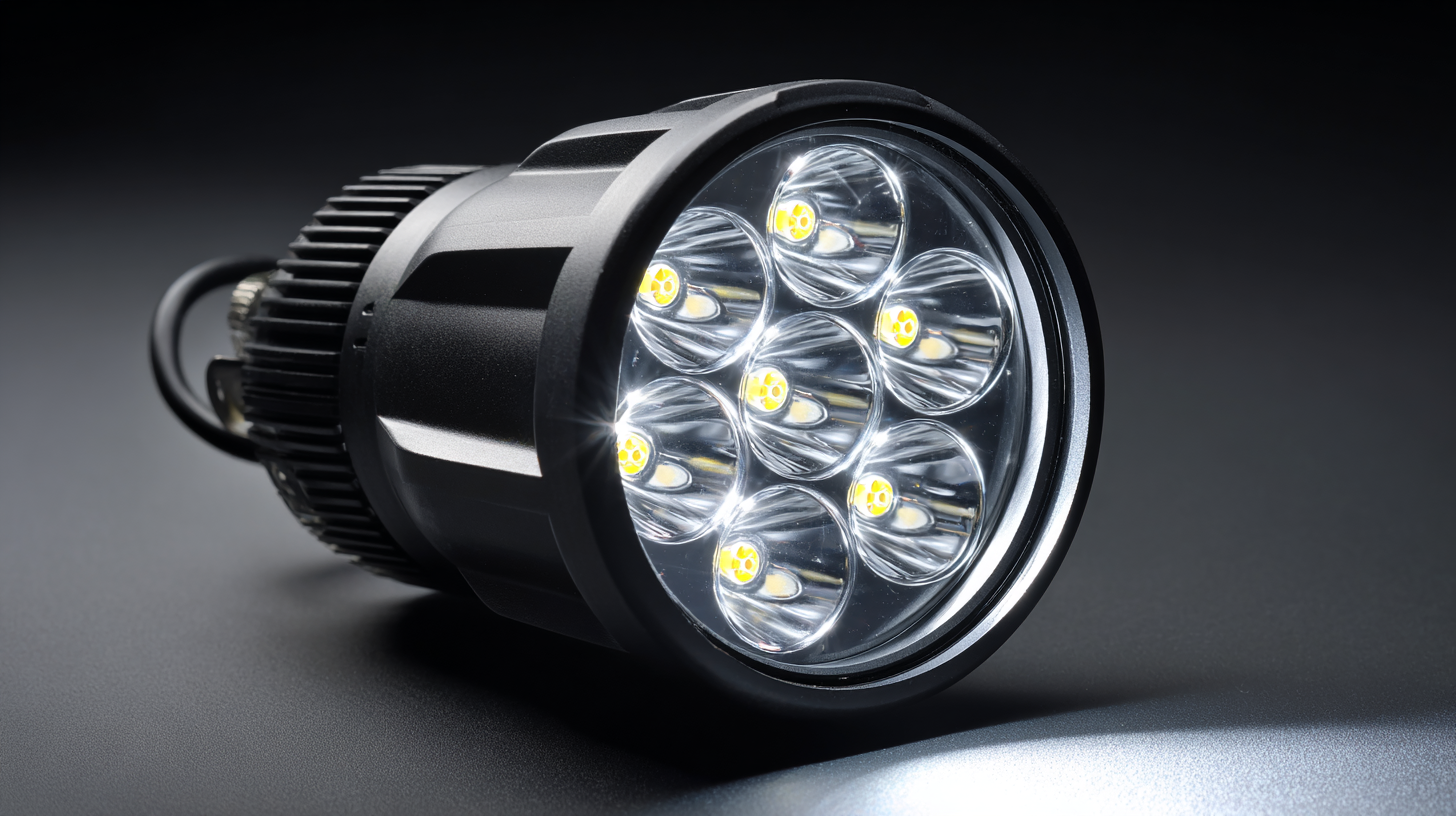
Understanding Different Types of LED Spot Lights for Home Use
When selecting LED spot lights for your home, understanding the various types available is crucial. LED technology has evolved, offering options like adjustable, fixed, and smart LED spot lights, each serving different purposes. According to a recent report from the U.S. Department of Energy, LED lighting can use up to 75% less energy than traditional incandescent bulbs, making it a smart choice for both energy savings and environmental sustainability.
One of the most popular types is the adjustable LED spotlight, which allows you to direct light where it's needed, making it perfect for highlighting artwork or creating ambient lighting in living spaces. Smart LED spot lights, on the other hand, allow you to control brightness and color temperature through mobile apps, offering convenience and customization in home settings. A study conducted by the Lighting Research Center shows that utilizing adjustable and smart LED lights can enhance room aesthetics while reducing overall energy consumption significantly.
Tips: When choosing LED spot lights, consider the color temperature that best suits your space; warmer tones (2700K-3000K) create cozy atmospheres, while cooler tones (4000K-5000K) work well for tasks. Additionally, make sure to check the lumen output—the brightness level—suitable for your specific rooms to ensure optimal lighting without overpowering other elements in your decor.
Key Factors to Consider When Choosing LED Spot Lights
When selecting the right LED spot lights for your home, it's important to consider several key factors to ensure you make the best choice for your space. First, assess the brightness, measured in lumens, that you require for each room. A higher lumen count will provide more light, making it ideal for task-oriented areas like kitchens or offices, while softer lighting is adequate for bedrooms and living areas.
Tips: When determining brightness, consider using dimmable LED spot lights. This feature allows you to adjust the light intensity based on the time of day or your mood, creating a more versatile lighting environment.
Another critical factor is the beam angle, which affects how the light is distributed. A narrow beam angle will create focused light, perfect for highlighting artwork or architectural features, while a wider angle is better for general illumination.
Tips: To achieve a well-balanced lighting design, mix different beam angles throughout your home. This approach can help you create visual interest and enhance the overall ambiance of your spaces.

Top 5 Benefits of Installing LED Spot Lights in Your Home
LED spot lights have gained immense popularity in modern homes due to their numerous advantages. One of the primary benefits is energy efficiency. Compared to traditional incandescent bulbs, LED spot lights consume significantly less power, which translates into lower electricity bills. This energy-saving feature not only helps homeowners save money but also contributes to a reduced carbon footprint, making it an environmentally friendly lighting option.
Another key benefit of LED spot lights is their longevity. While traditional bulbs typically last around 1,000 hours, LED spot lights can shine brightly for over 25,000 hours. This long lifespan means that homeowners spend less time and money on replacements, enhancing convenience and reducing waste. Additionally, LED spot lights offer superior brightness and versatility, allowing for adjustable lighting that can highlight artwork, architectural features, or create the desired ambiance in any room. As a result, they are an ideal choice for both functional and aesthetic purposes in home lighting design.
The Ultimate Guide to Choosing the Right LED Spot Light for Your Home - Top 5 Benefits of Installing LED Spot Lights in Your Home
| Benefit |
Description |
Energy Savings (%) |
Lifespan (Hours) |
| Energy Efficiency |
LED spot lights use significantly less energy compared to traditional incandescent bulbs. |
75 |
25,000 |
| Long Lifespan |
LED lights last much longer than traditional bulbs, reducing the need for frequent replacements. |
N/A |
25,000 |
| Environmental Impact |
LEDs do not contain harmful substances like mercury, making them more eco-friendly. |
N/A |
N/A |
| Instant Lighting |
LED lights turn on instantly without a warm-up time, providing immediate brightness. |
N/A |
N/A |
| Versatile Design |
LED spot lights come in various designs and colors, suitable for many styles of home décor. |
N/A |
N/A |
Essential Tips for Proper Placement of LED Spot Lights
When it comes to illuminating your home effectively, the placement of LED spot lights is crucial. According to the U.S. Department of Energy, proper lighting not only enhances aesthetic appeal but can also lead to energy savings of up to 50% compared to traditional lighting methods. Selecting the right spots for your LED lights can significantly influence both ambiance and functionality.
One essential tip for proper placement is to consider the purpose of the space. For instance, in a living room, you might want to highlight artwork or architectural features. Positioning LED spot lights about 30 to 45 degrees from the wall can create flattering shadows and depth. Similarly, in kitchens, focused lighting on countertops should be prioritized, as research indicates that effective task lighting improves safety and efficiency.
Another key consideration is the height at which you install your spot lights. A study from the Lighting Research Center reveals that mounting lights too high can create dark spots below, adversely affecting the usability of the area. Aim to install your LED spot lights at a height of 8 to 10 feet for optimal performance, ensuring an even distribution of light while minimizing glare.
The Ultimate Guide to Choosing the Right LED Spot Light for Your Home
How to Calculate the Right Brightness and Color Temperature for Your Space
When selecting LED spotlights for your home, understanding brightness and color temperature is crucial to achieving the desired aesthetic and functionality. Brightness is measured in lumens; higher lumens mean a brighter light. To determine the appropriate brightness for a given space, consider the room’s purpose. For instance, a kitchen or workspace may require around 300 to 400 lumens per square meter for effective task lighting, while ambient lighting in a living room might only need 150 to 300 lumens.
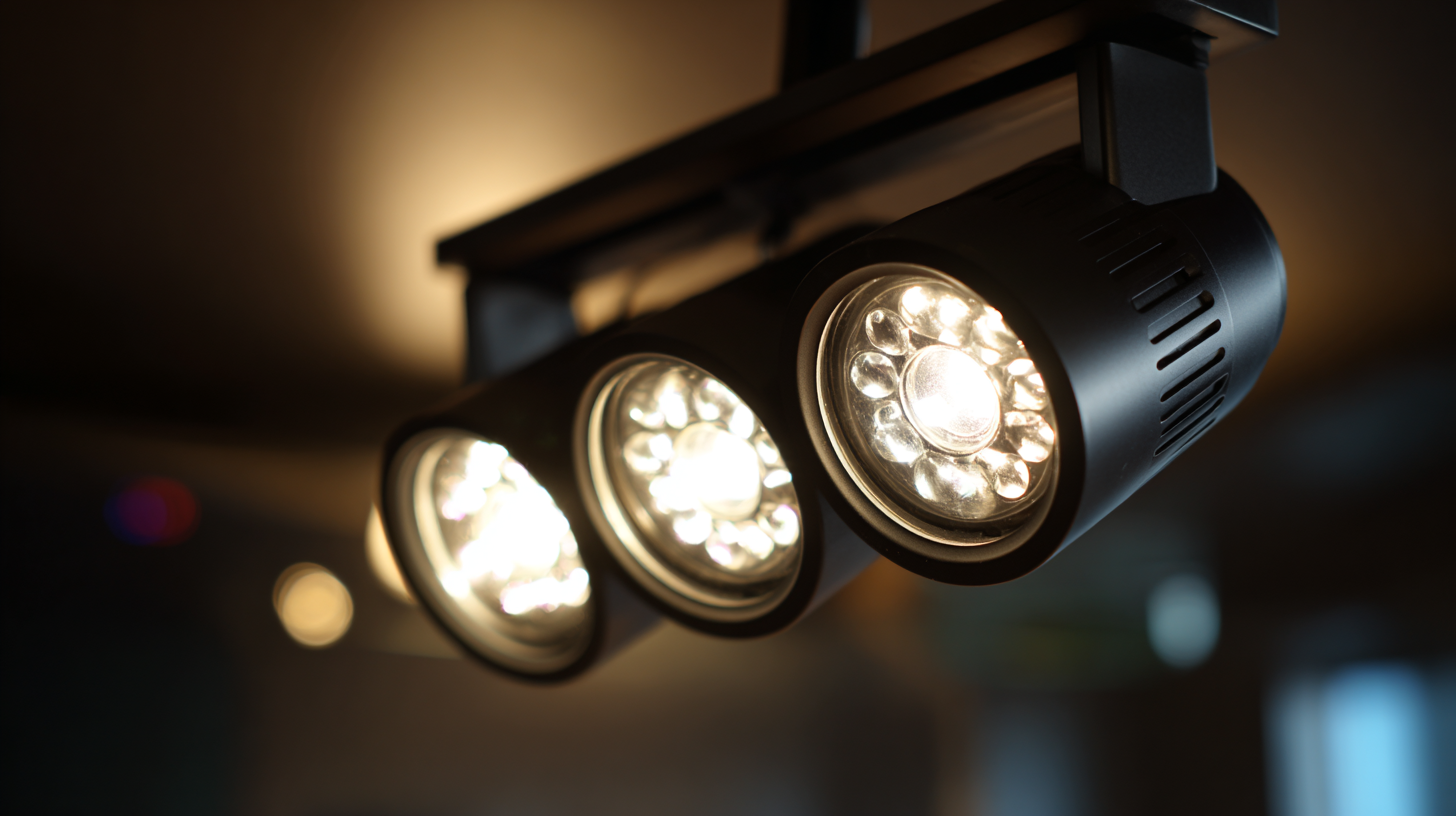
Color temperature, measured in Kelvin (K), significantly impacts the atmosphere. Warmer lights (2700K-3000K) create a cozy and inviting environment, making them ideal for bedrooms and living areas. On the other hand, cooler lights (4000K-5000K) are often suitable for kitchens or bathrooms, where clarity and focus are essential. By calculating the right balance of brightness and color temperature tailored to each room's specific needs, you can enhance both the functionality and comfort of your home.

Home
About Byone
Factory Tour
Products
Project Portfolio
Download
Blog
Contact Us





